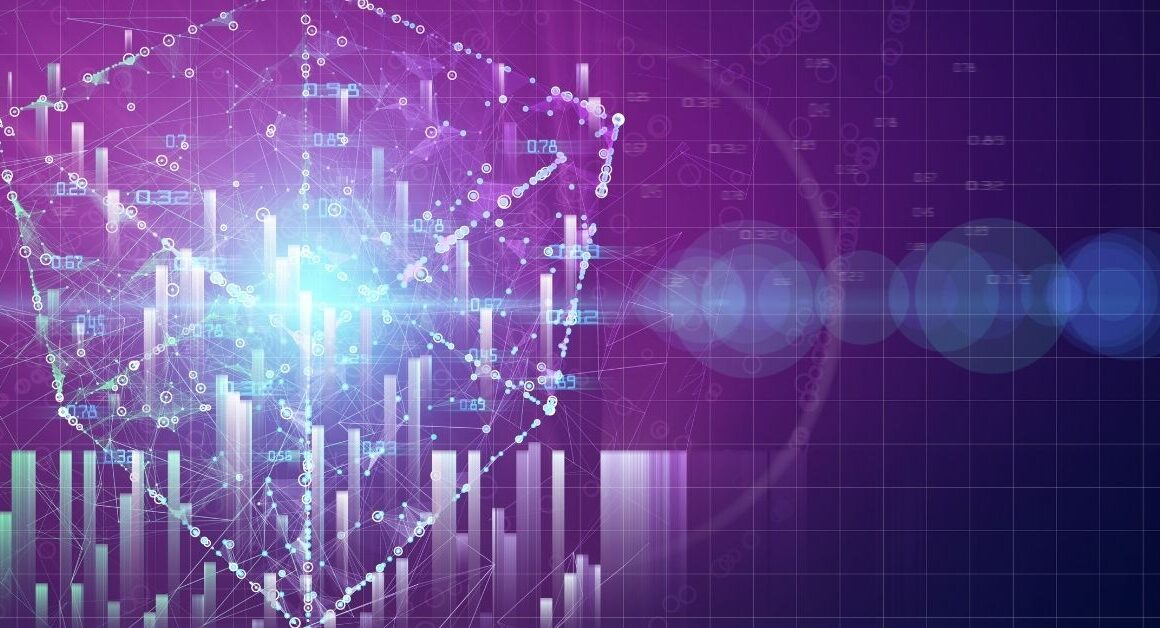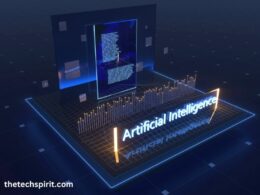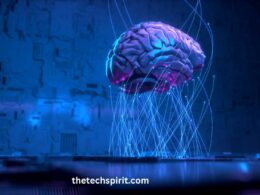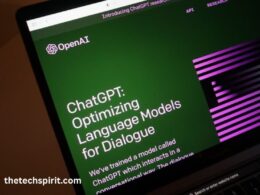Artificial intelligence (AI) has transformed many industries by enabling machines to perform tasks that previously required human intelligence.
One exciting area of AI advancement is visual artificial intelligence, which grants machines the ability to interpret, understand, and generate visual data such as images and videos. From self-driving cars to facial recognition, visual AI is becoming ubiquitous in our lives.
In this article, we will examine what visual AI is, its applications and benefits, the challenges it faces, and what the future may hold for this groundbreaking technology.
Table of Contents
What is Visual Artificial Intelligence?
Visual AI refers to AI systems that can process, analyze, and understand digital images and videos. Two core components enable visual AI capabilities:
Computer Vision
Computer vision is the process of using algorithms to extract meaningful information from digital images and videos.
This can include tasks like image classification, object detection, image segmentation, image restoration, and more. Computer vision enables visual AI systems to identify, categorize, and label visual data.
Image Recognition
Image recognition, a subset of computer vision, allows AI systems to identify and detect objects and faces within images and videos. This enables use cases like facial recognition, defect detection in manufacturing, reading signs and text, and more.
Image recognition software utilizes deep learning and neural networks to reliably recognize and understand various visuals.
Video Recognition
Video recognition is the analysis of video files and streams by AI to identify objects, behaviors, patters, and other meaningful information. Like with images, deep learning algorithms allow systems to comprehend videos across a variety of potential applications.
Applications of Visual AI
Visual AI is being applied across many industries and use cases. Here are some of the top real-world applications of this technology:
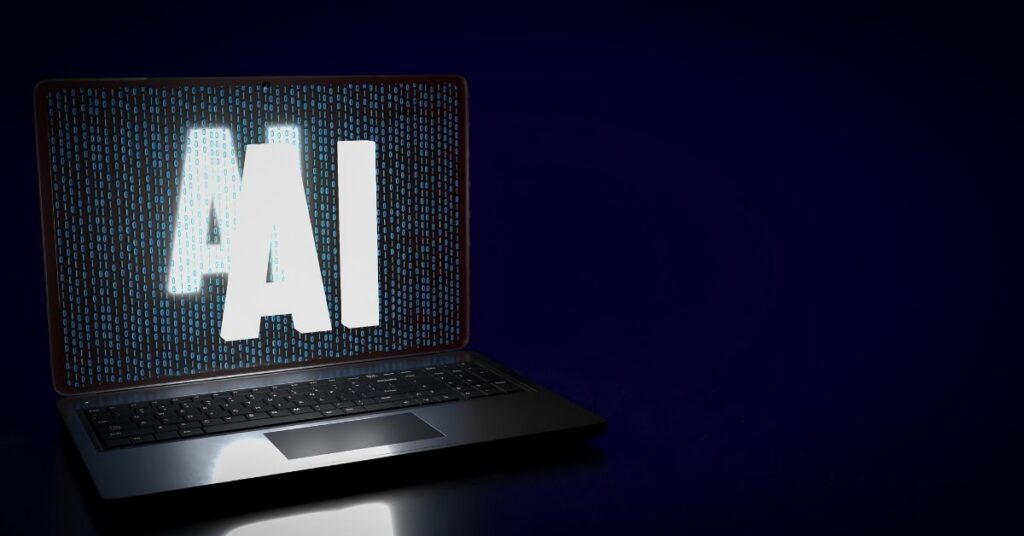
Healthcare
In healthcare, visual AI shows promise for automating the analysis of medical imaging like X-rays, MRIs, and CT scans. This can surface insights to assist radiologists and doctors with faster, more accurate diagnoses. AI is also being applied for tracking diseases and detecting cancer earlier.
Autonomous Vehicles
Self-driving cars rely heavily on visual AI to dynamically interpret road conditions, read street signs and signals, identify pedestrians and objects, and essentially achieve a human-level understanding of driving environments.
Computer vision is one of the most critical components enabling autonomous transportation.
Surveillance
Visual AI empowers next-generation surveillance systems to automatically detect threats, read license plates, and identify faces or objects of interest. This has applications ranging from public security to business asset protection. Deep learning models enable monitoring of much larger areas with fewer human resources.
Retail
In retail, visual AI helps with tasks like checking inventory on shelves, monitoring checkout stations, facilitating grab-and-go shopping without checkout, and providing analytics around in-store shopper behaviors.
Computer vision further enables innovations like personalized digital signage that change based on the demographics of people looking at it.
Benefits of Visual AI
There are many advantages to applying visual artificial intelligence solutions across industries:

Increased Efficiency
By automating the analysis of visual data, businesses, and organizations can save enormous amounts of time and labor. AI allows digesting far more information than would be possible manually.
More Precise Insights
Carefully designed deep learning algorithms can find patterns and derive insights from visual data with levels of accuracy and precision exceeding human capabilities. This data can drive better decision-making.
Cost Savings
Visual AI solutions provide a strong return on investment. Reduced labor costs, increased throughput, minimized errors, and new monetization opportunities deliver major cost savings over the long run.
Challenges of Visual AI
While the opportunities enabled by visual AI are immense, there are also notable challenges to overcome:
Data Requirements
Deep learning models require massive training datasets of labeled images or videos. Curating this volume of quality, relevant data is challenging and labor-intensive. Data deficiencies lead to poor model performance.
Algorithmic Bias
Like all AI, visual systems can develop biases against certain demographic groups if not properly monitored and validated. Thoughtful model governance is critical.
Privacy Concerns
The ability to rapidly analyze human images and videos also introduces potential privacy risks if not handled ethically. Ensuring visual AI complies with regulations is vital.
The Future of Visual Artificial Intelligence
Despite current limitations, the future looks extremely promising for visual artificial intelligence.
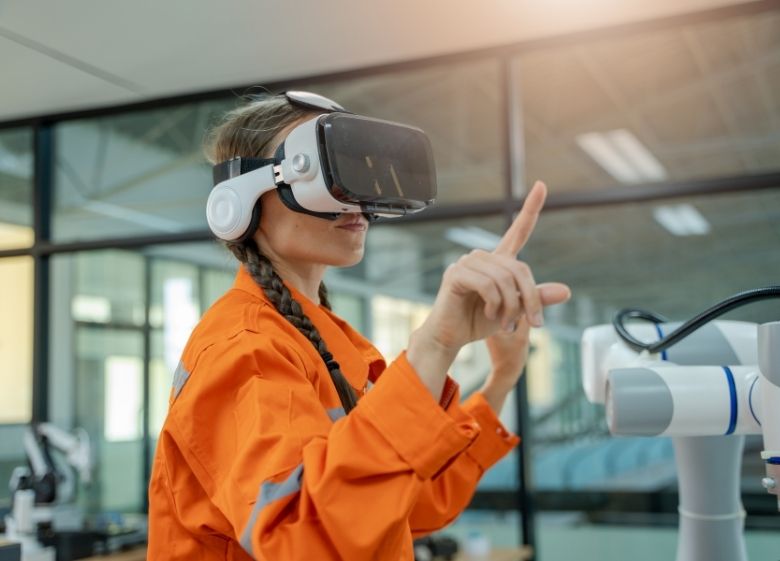
Here are some exciting developments on the horizon:
Integration with Other AI Technologies
Combining computer vision with NLP, analytics, robotics, and more will enable even smarter applications. Multi-modal AI systems that leverage visual data alongside other data types will become more common.
Advances in Hardware
Specialized hardware like neuromorphic chips and quantum computing could dramatically accelerate visual analysis capabilities to new levels. This will expand the boundaries of possible applications.
Ethical Considerations
As visual AI increasingly impacts society, businesses and governments will need to prioritize ethics, transparency, biases, privacy, and responsible development of these powerful technologies.
Conclusion
Visual AI represents an enormously impactful branch of artificial intelligence that is already transforming a multitude of sectors. While challenges remain around data, algorithms, privacy, and ethics, visual artificial intelligence will undoubtedly continue revolutionizing how organizations across industries operate.
With thoughtful leadership and governance, visual AI can enable tremendous benefits for both businesses and society as a whole. The future looks bright as long as we proactively address the risks.
FAQs
What are some other applications of visual AI?
Some other promising applications include manufacturing quality control, agriculture monitoring, weather prediction, archaeology and paleontology, art generation, and personal photo management. The possibilities are vast.
How does visual AI benefit consumers?
Consumers can experience more personalized, intuitive interactions powered by visual AI, like tailored recommendations, improved safety features in vehicles, and automated photo organization. It also leads to better products and services.
What skills are required to work in visual AI?
Experts in visual AI require skills like computer vision, deep learning frameworks, data modeling, machine learning ops, data analysis, cloud computing, and software engineering. Both technical and strategic roles exist.
What are the risks of visual AI?
Potential risks related to visual AI include algorithmic biases, privacy violations, security vulnerabilities, lack of transparency, and job losses. Responsible governance and ethics practices help mitigate these risks.
How quickly is visual AI progressing?
The pace of advancement in visual artificial intelligence is exceptionally fast thanks to better algorithms, more data, and modern hardware. The coming decade will likely yield even more breakthrough capabilities.





